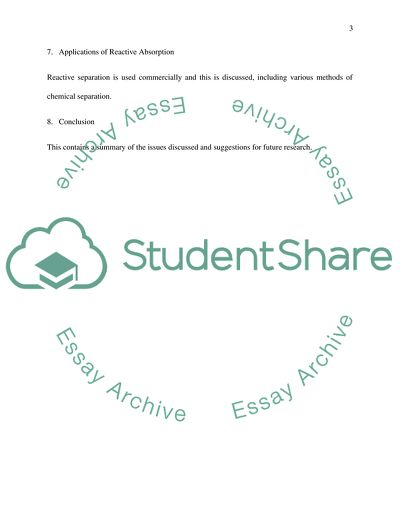Cite this document
(Reactive Separations Assignment Example | Topics and Well Written Essays - 1750 words, n.d.)
Reactive Separations Assignment Example | Topics and Well Written Essays - 1750 words. Retrieved from https://studentshare.org/chemistry/1820101-reactive-separations
Reactive Separations Assignment Example | Topics and Well Written Essays - 1750 words. Retrieved from https://studentshare.org/chemistry/1820101-reactive-separations
(Reactive Separations Assignment Example | Topics and Well Written Essays - 1750 Words)
Reactive Separations Assignment Example | Topics and Well Written Essays - 1750 Words. https://studentshare.org/chemistry/1820101-reactive-separations.
Reactive Separations Assignment Example | Topics and Well Written Essays - 1750 Words. https://studentshare.org/chemistry/1820101-reactive-separations.
“Reactive Separations Assignment Example | Topics and Well Written Essays - 1750 Words”. https://studentshare.org/chemistry/1820101-reactive-separations.


